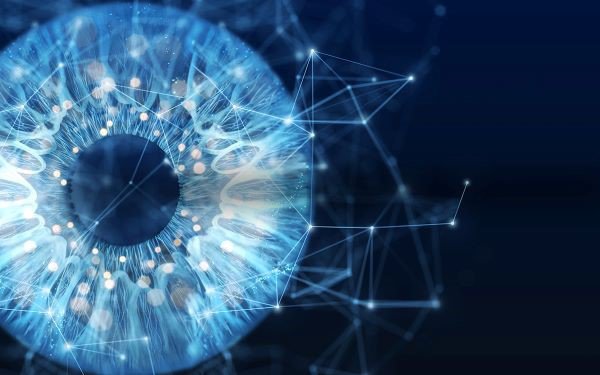Commentary
On 'Nova,' The Science And Ramifications Of AI
- by Adam Buckman , Featured Columnist, March 25, 2024

Those interested in learning the science behind today’s generation of artificial intelligence will be well-served by Wednesday’s episode of “Nova” on PBS, subtitled: “A.I. Revolution.”
Those wishing to watch an hour that dives deeply into the more negative ramifications of the AI revolution will not be as satisfied, although the show gets to some of this in roughly the final 15 minutes.
The emphasis on science is understandable, however, since “Nova” is a science show.
Reported by Miles O'Brien, the show starts with a bit of history, noting among other things that “Nova” first reported on the subject of artificial intelligence 46 years ago.
advertisement
advertisement
Back then, however, the kind of AI that is with us today existed mostly in the minds of futurists and at least one famed science-fiction author, Arthur C. Clarke.
To fulfill its obligations as a science show, this week’s “Nova” has O’Brien explaining how the development of today’s AI is based on the workings of the human brain and the way it processes information.
Basically, the developers of AI have made systems whose abilities come pretty close to mirroring the function of human brains, and sometimes surpassing it too.
To explain all of this, “Nova” resorts to a lot of animation of nerve endings and the like, appealing presumably to the science-minded.
But soon enough, the show begins to explore the upside of AI, particularly in the related fields of health and medicine.
One portion talks about how AI can be used to develop prescription drugs with a great deal more specificity than has long been possible.
And in one of the most interesting portions of the show, a demonstration is made of how AI is being developed to create ever more-sophisticated workable, artificial limbs.
That subject is a personal one for O’Brien, 64, an amputee who lost most of his left arm in an accident in 2014. In the show, we see him being measured for a new AI-enhanced arm, using it later.
The bad stuff about AI is dealt with in the final portion of the show, focusing, of course, on the rise of what has come to be known as “deep fake” images of fictional events or real people saying outrageous things that are so true to life that is easy to be taken in by them.
One historian points out that authoritarian regimes all through the 20th century had their propagandists retouch photos and even erase people from photos who had fallen out of favor.
But he also notes that in the past, this kind of technology was available only to a comparative few.
Today, however, “we have lowered the barriers for entry,” he says, referring to a generation of AI today accessible to millions, and easy enough for them to use too.
The result is a society in which truth and falsehood, as disseminated over our social and news media, are now indistinguishable.
Says O’Brien, “Generative AI is now part of a larger ecosystem that is built on mistrust.”
“Nova: A.I. Revolution” airs Wednesday, March 27, at 9 p.m. Eastern on PBS.



